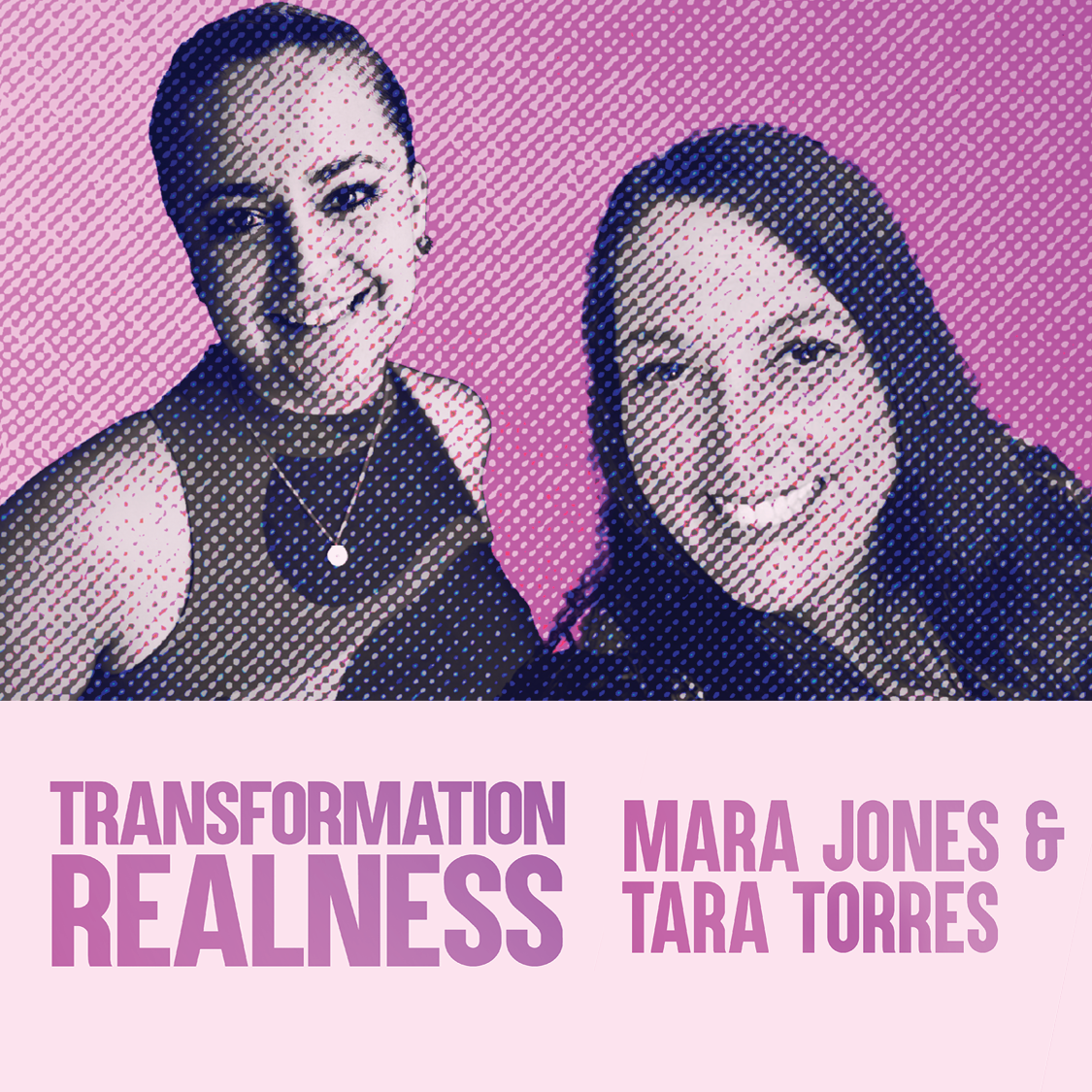On this episode of Transformation Realness, I’m talking with Mara Jones, head of people and culture at Kasa, and Tara Torres, formerly Kasa’s director of talent acquisition and strategic people initiatives. We’re digging into one of the hottest and most complex topics in the industry right now: skills-based talent strategy.
Inspired by a mission to improve diversity, equity and inclusion at Kasa, Mara and Tara immediately singled out assessment and promotion practices as a place to remove ambiguity. Their story demonstrates how, when implemented step-by-step, skills-based strategies can enhance assessment, promotion and the entire employee experience.
Listen in to learn practical lessons from Mara and Tara’s experience piloting their framework, including tips for aligning teams and prioritizing skills-based initiatives for maximum impact.
Start With the Basics
Job descriptions form the building blocks for a skill-based framework, so Mara kicked off the project with an effort to standardize descriptions and build consistency in how her team advertised jobs. “One of the first things that we decided to do was to put together a bank of skill sets that we thought were necessary across the organization,” Mara says. “And so we went into all of our job descriptions, and we just opened up an Excel spreadsheet, and we pulled everything that we could get out of there.”
But then Mara and her team hit a snag. “We started seeing that … maybe the verbiage is not done the same way across all job descriptions,” Mara says. This discovery led to a more individualized approach to defining what the business needed from each role. “We had managers help us identify objectives and key results for the role or for the individual,” Mara says. “And we templatized it, we rolled it out, and we focused on that instead.”
At this point, Mara’s resolution to develop an overarching framework landed on the back burner, but it didn’t stay there long.
Treat Skills Like Currency
The idea of developing a skill-based competency framework stuck with Mara, but it wasn’t until Tara had an “aha moment” that the team picked it back up — with renewed vigor. “The ‘aha moment’ was that this really becomes the shared language for how you talk about talent,” Tara says, “not just internally from a calibration or selection standpoint, but also with the talent themselves.”
Tara’s sudden realization hits on an important point: that skills are the currency of the future of work. “It really started to crystallize for me how you could start to take skills, define them in a way that shows differentiation as you progress through the job family … and then link that through the entire employee lifecycle,” Tara continues.
A shared understanding of skills allows for more strategic workforce planning conversations between HR and business leaders. Rather than just discussing headcount needs, they can talk about the competencies and skills required, making the discussions more collaborative versus just departments giving orders.
Respect Your Partners
To embed the framework throughout the hiring process and employee journey, Tara hosted conversations with HR business partners and hiring teams. Together, they identified a group to pilot a new talent acquisition process based on the competency framework. Their process involved selecting and defining attributes for different job levels and creating associated artifacts such as job descriptions and interview guides.
Tara involved stakeholders in the process from the beginning, and conducted a survey and whiteboarding session to determine the most important attributes for each job. There were challenges in agreeing on definitions, but the approach received positive feedback from business leaders.
“That was the exercise that we went through to define the attributes,” Tara says, “and we got a lot of really positive feedback from the business leaders on how we approached that.”
Mara was especially pleased with Tara’s process and dedication to focusing her attention and energy on producing the best results. Tara made use of existing work and resources to streamline the process and make it easier for the team — which is really important when asking for participation from the people most embedded in daily tasks.
“We have to remember that our operators are constantly focusing on the day-to-day and making sure that the business is running,” Mara says. “And so we have to make sure that whenever we’re bringing them in into initiatives like this, that we do the work ahead of time so that we make the best use of their time.”
Mara and Tara’s journey to designing and implementing a skill-based framework is inspiring, and provides a blueprint you can follow to kickstart that same journey in your organization.
People in This Episode
Author
-

Kyle Lagunas is the Head of Strategy & Principal Analyst at Aptitude Research. He’s spent over a decade studying innovation cycles in HR and talent technology—with leadership roles in both the solution provider and practitioner space—and brings that breadth of experience and insight to his work advising vendors and practitioners on the ever-evolving world of talent. He’s a transformational talent leader, top industry analyst, and non-nonsense strategist with a reputation for bringing a fresh perspective to the table. Before joining Aptitude, he served as the Head of Talent Attraction, Sourcing & Insight at General Motors where he led the go-to-market functions of the company’s global talent acquisition and played a pivotal role in transforming their recruiting strategies and processes. At Beamery, his role as Director of Strategy put him at the intersection of customer experience, sales and marketing, and product. At Aptitude, Kyle brings together all aspects of his career to bridge the ever-growing gap between talent leaders, their stakeholders, and their solution providers to power more meaningful outcomes.
Recent Posts
